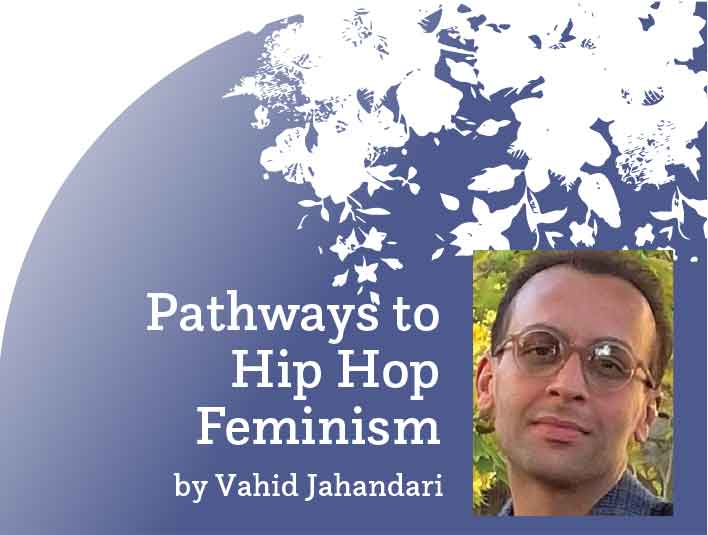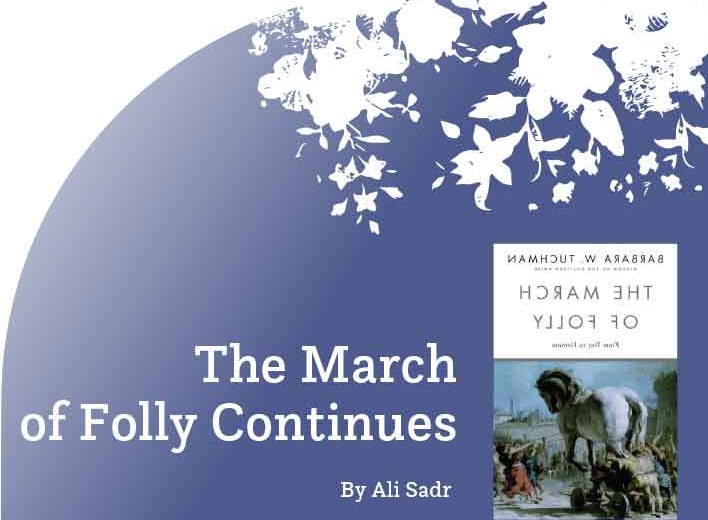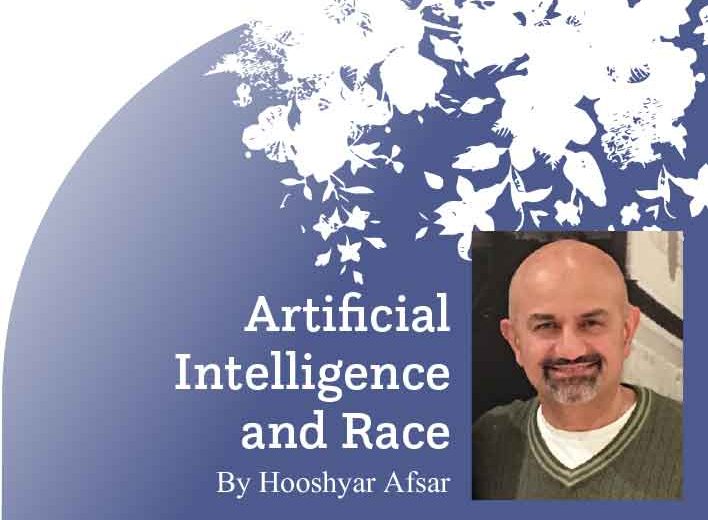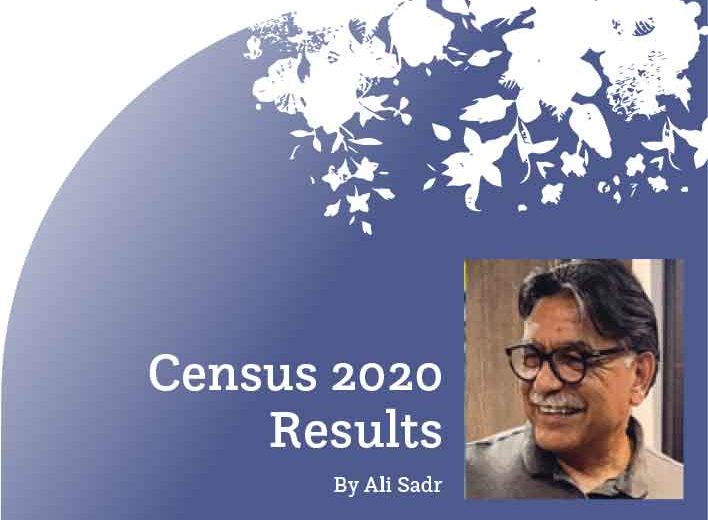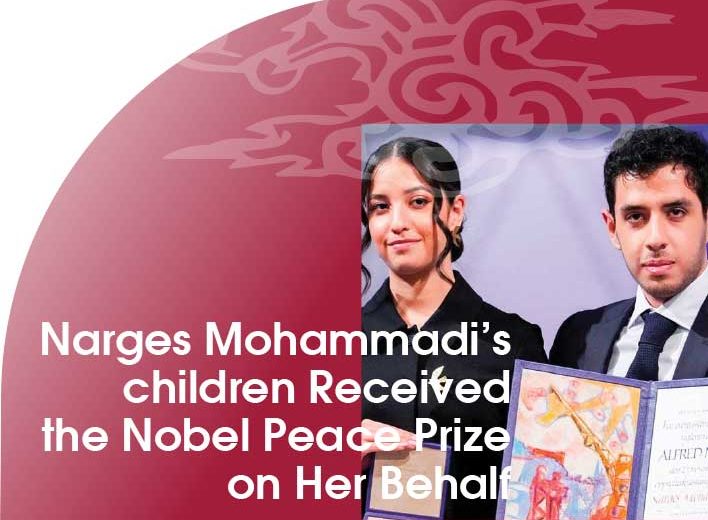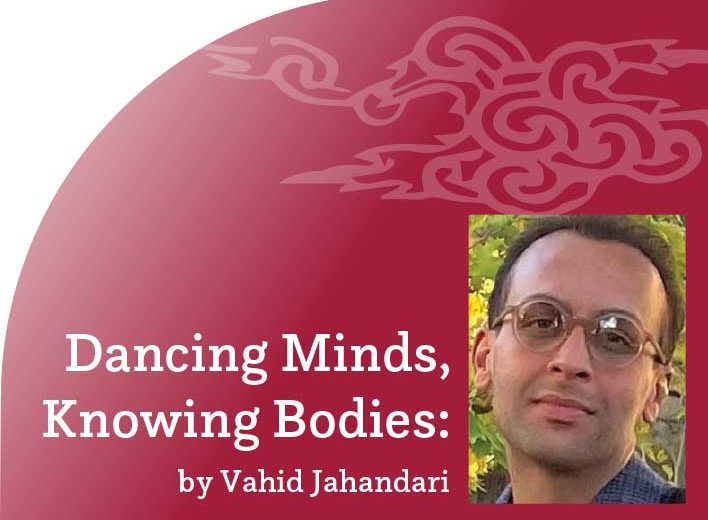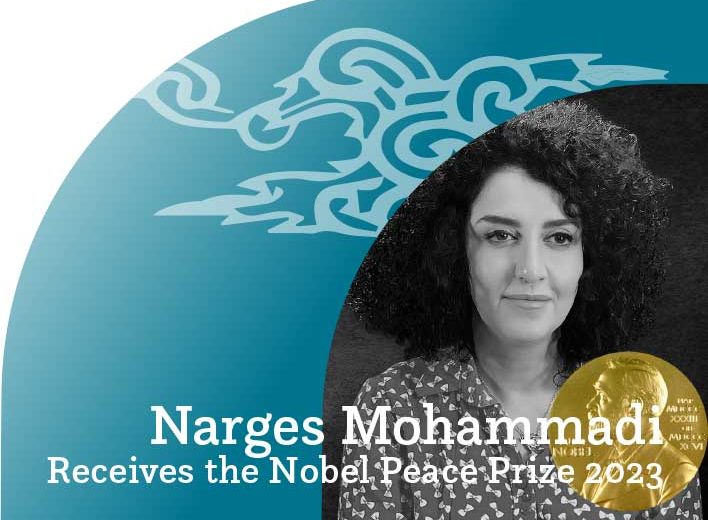Reclaiming Narratives: Pathways to Hip Hop Feminism
By Vahid Jahandari
The impact of Hip Hop on the identities of youth has been extensively documented in literature. While Hip Hop can play a role in shaping identities, the relationship between Hip Hop and girls remains complex. This complexity arises from varied representations, ranging from objectification and hypersexualization to portrayals of strength and empowerment.
In this article, I will delve into the intricate dynamics of Hip Hop, girlhood, and identity, focusing on how Hip Hop influences the gendered racial identity development of early adults. Moreover, I explore how non-white girls navigate environmental stressors such as racism, sexism, bullying, and challenging home environments through their engagement with Hip Hop.
The findings highlight two prominent themes: (1) acknowledging identities of strength, independence, and resilience in Hip Hop for shaping gendered racial identities; and (2) Hip Hop as a mechanism for healing and therapy in the face of social and environmental stressors. Grounded in Hip Hop feminist theories and praxis, I follow established scholarship and offer a framework for understanding the intersectional identity development of adolescent girls in Iran.

Hip Hop and Girlhood: 021G
In the song “Baguette” by 021G, the Iranian rapper delves into explicit themes, incorporating colloquial language reflective of the youth culture in Tehran today. Through the use of such language, the artist tackles the challenges experienced by girls within the confines imposed by government regulations on female identities. Navigating exclusion, the development of girls’ unique identities becomes complex in certain societies, particularly in Tehran, where class plays a crucial role in people’s quality of living. (1)
Interdisciplinary research has highlighted that the interplay of race, gender, and age plays a significant role in shaping representations of girlhood, disseminated widely through various technological advancements available today. (2) Iranian Hip Hop and its feminist rhetoric lacks exposure to broad audiences globally. In her songs, 021G highlights the challenges in shaping girlhood representations in the domain of today’s Iranian diaspora. This interplay influences the identity construction of adolescent girls. (3)
Scholarly work in girlhood studies has identified imbalanced portrayals, adultification, and dehumanization of girls across various contexts, particularly within Hip Hop and more broadly within popular culture. (4) Despite being a globally celebrated genre, Hip Hop serves both as an empowering and challenging force in shaping girls’ identities in the diaspora, as observed in 021G’s recent works.
Navigating through layers of exclusion, girls’ identity development becomes intricate as they strive to maintain power, strength, and resilience during their educational and career development within diverse societies and cultures. (5) Existing research has acknowledged the impact of Hip Hop on the identities of girls, yet there is a notable gap in understanding the connection between Hip Hop culture and the developmental processes of gendered racial identities.
Gender Inequality
Hip Hop, originating from the streets of the Bronx, New York, is a cultural phenomenon deeply intertwined with the lived experiences and culture of Black and non-White youth. (6) Comprising five elements—MCing (rap), DJing, graffiti, breakdancing, and knowledge of self—Hip Hop serves as a powerful voice for the youth. However, for girls and women, navigating Hip Hop as a space for “emancipation” has proven to be a complex journey. They face underrepresentation and encounter misogynistic, sexualized, and dehumanizing images prevalent in mainstream society. (7)
Adolescent girls in Iran employ Hip Hop culture, including rap, dance, and graffiti/art, in reflecting, negotiating, rejecting, and connecting with their gendered racial identities. Hip Hop feminists, recognizing the challenges, highlight the resilience of girls who consistently challenge and redefine the images of girlhood and womanhood within Hip Hop culture. (8) Concepts such as acknowledging the contradictions in identity performance in 021G’s songs “Baguette” and “Chak Kosh” (the rhetorical act of disrupting sexist ideologies through women’s discourses) shed light on the intricate nature of this relationship. Girls, through dismantling sexist, marginalizing, and hegemonic ideologies, engage in the (re)construction of new notions of girlhood. (9)
The term “Hip Hop feminism” encourages young women to curate a feminism that transcends dominant images and stereotypes, reflecting their complex relationship with Hip Hop. (10) It emphasizes that the keys to unlocking the richness of contemporary female identity lie in the intersection of contrary voices, where “truth” exists in subtle and intriguing shades of gray rather than simplistic black-and-white choices. (11)
Evolution of Hip Hop Feminism
Emphasizing the evolution of next-generation Hip Hop feminism and identity development, the perspective has shifted from an ”either/or” ideology to a ”both/and” approach, where contradictions coexist to shape the identities of girls and women. It introduces a rhetorical act employed by women to challenge stereotypes and marginalization within Hip Hop and the broader public sphere. This act is intricately linked to various expressions of Black womanhood, such as talking back, going off, turning it out, having a niggerbitchfit, or being a diva. These once-stereotypical markers are now reclaimed as unique identifiers that amplify women’s voices, and instigate change. (12)
Research in the field of girlhood studies explores the expressivity of Black girls within rhythmic musical games, Hip Hop, and celebratory spaces, examining its impact on their identity development. Traditional games of Black girlhood, including hand games, double-dutch, and childhood chants, serve as forms of kinetic orality, teaching girls about blackness and femininity. (13) Through song, chant, and percussive movement, Black girls create spaces of relatedness, embodying performances of race, ethnicity, and gender. Conceptualizing Black girlhood as a celebration of self and freedom, Hip Hop feminism highlights girls’ continual search for a community that embraces their unique, evolutionary, and innocent identities. (14)
Examining Black girl literacies within the context of Hip Hop feminism, scholars acknowledge the role of communicative practice in shaping the identity development and expressions of girls. Hip Hop feminist literacies provide spaces for girls to engage in activism and critique, particularly in response to classist narratives about girlhood. Through a Hip Hop feminist lens, girls seek to redefine traditional gender and sexual performances. However, the challenges in navigating literacy practices are bound to the male-dominant, misogynistic sphere. (15)
Reclaiming Beauty: Reshaping Identities
Black girls consistently reconstruct their identities by reevaluating beauty standards. The critical reading of Hip Hop texts influences their reflections on their identities and experiences, particularly concerning the tensions between their sexual identities and the stereotypical narratives. Hip Hop has demonstrated its influence on the overall socioemotional well-being of youth. The culture embodies themes of individual and community empowerment, addressing self-esteem, self-image, resiliency, growth, maturity, community factors, and social justice. (16)
Engaging with Hip Hop acts as a buffer against the psychological effects of racism, prejudice, and discrimination. Adolescents actively use various modalities within the realm of Hip Hop, such as writing and producing rap music, to cope with environmental stressors. These coping mechanisms contribute to an “empowerment-based positive youth development” framework, fostering confidence, connection, competence, character, caring, community, liability, and citizenship. (17)
Research has acknowledged that Hip Hop can be perceived as both misogynistic and empowering, particularly for adolescent youth. The content of rap music is noted to have elements of both empowerment and risk. Hip Hop feminists have explored the simultaneous negotiation of messages of empowerment and misogyny in Hip Hop culture. Studies have shown that individuals engaging with Hip Hop music, despite not necessarily ranking it as a top favorite genre, often express empowering experiences with the music. (18)
While existing research has critiqued dominant themes in Hip Hop related to misogyny and dehumanization of women, it is possible to showcase how girls overcome these themes within Hip Hop—they actively reject dominant themes and stereotypes and transform negative themes into positive attributes. This examination extends gendered racial identity development models to include a “rejection-empowerment” cycle and expanding research in Hip Hop therapy by highlighting the role of art and dance in helping early adolescent girls cope with environmental stressors, therefore broadening research in coping strategy. (19)
Hip Hop Futurism
A Hip Hop activist movement has emerged in the context of pervasive and hegemonic structures that have marginalized non-Western epistemologies. Iranian Hip Hop as a cultural product consciously wields as a tool to contest authorities. The artists’ creative energies contribute to broad humanities discourses and affect change in large communities. In contemporary times, there is a growing movement towards reshaping identities, choosing to commune with ancestral heritage in response to the enduring impact of colonial experiences on societies with ancient histories. (20)
__________________________
References:
(1) Halasa, Malu, ed. Woman Life Freedom: Voices and Art from the Women’s Protests in Iran. London: Saqi. (2023).
(2) Parker, K. “The Sounds of Blackness, HIP-HOP turns 50 – conference review.” Feminist Media Studies, 1–7 (2023).
(3) Khatam, Azam. “Mahsa Amini’s Killing, State Violence, and Moral Policing in Iran.” Human Geography 16 (3): 299–306 (2023).
(4) Mpetsi, Ntebaleng, and Toks Oyedemi. “Global Hip-Hop Culture and the Scopophilic Spectacle of Women in South African Hip-Hop Music Videos.” Communicare: Journal for Communication Studies in Africa 37 (2): 92–106 (2022).
(5) Jessica Nydia Pabón-Colón. Graffiti Grrlz: Performing Feminism in the Hip Hop Diaspora. 1st ed. New York: NYU Press (2018).
(6) Naeem, Asma, Gamynne Guillotte, Hannah Klemm, Andréa Purnell, and Ebony L. Haynes. The Culture: Hip Hop & Contemporary Art in the 21st Century. New York, NY: Gregory R. Miller & Co. (2023).
(7) Fairclough, Kirsty, et al. Diva : Feminism and Fierceness from Pop to Hip-Hop. New York: Bloomsbury Academic & Professional (2023).
(8) Hankin, Charlie D. Break and Flow: Hip Hop Poetics in the Americas. Charlottesville, Virginia: University of Virginia Press (2023).
(9) Alim, H. Samy, Jeff Chang, and Casey Philip Wong, eds. Freedom Moves: Hip Hop Knowledges, Pedagogies, and Futures. Oakland, California: University of California Press (2023).
(10) Lindsey, Treva B. “Let Me Blow Your Mind: Hip Hop Feminist Futures in Theory and Praxis.” Urban Education (Beverly Hills, Calif.) 50 (1): 52–77 (2015).
(11) Saunders, Tanya. “Towards a Transnational Hip-Hop Feminist Liberatory Praxis: A View from the Americas.” Social Identities 22 (2): 178–94 (2016).
(12) Evans-Winters, Venus E., and Bettina L. Love, eds. Black Feminism in Education: Black Women Speak Back, up, and Out. New York: Peter Lang (2015).
(13) Durham, Aisha, Brittney C. Cooper, and Susana M. Morris. “The Stage Hip-Hop Feminism Built: A New Directions Essay.” Signs: Journal of Women in Culture and Society 38 (3): 721–37 (2013).
(14) Payne, Ashley N. “Hip Hop, Identity, & Black Girlhood: How Black Girls (Re)Construct Racial and Gender Identity through Hip Hop.” Journal of Youth Studies 27 (2): 252–73 (2024).
(15) White, Theresa Renee. “Missy ‘Misdemeanor’ Elliott and Nicki Minaj: Fashionistin’ Black Female Sexuality in Hip-Hop Culture—Girl Power or Overpowered?” Journal of Black Studies 44 (6): 607–26 (2013).
(16) Carney, Christina, Jillian Hernandez, and Anya M. Wallace. “Sexual Knowledge and Practiced Feminisms: On Moral Panic, Black Girlhoods, and Hip Hop.” Journal of Popular Music Studies 28 (4): 412–26 (2016).
(17) Payne, Ashley N., and Nicole M. West. “The (Re)Construction of Black Womanhood Among Black College Women at PWIs: A Hip Hop Feminism Model of Multiple Identities.” Journal of College Student Development 63 (2): 168–84 (2022).
(18) Eltantawy, Nahed, and Judy Isaksen. 2020. “Mona Haydar: Blending Islamic and Hip-Hop Feminisms.” Feminist Media Studies 20 (6): 847–62 (2020).
(19) Sharpley-Whiting, T. Denean Denean. Pimps up, Ho’s Down: Hip Hop’s Hold on Young Black Women. 1st ed. New York: New York University Press (2007).
(20) Dyer, Jeffrey. “Popular Songs, Melodies from the Dead: Moving beyond Historicism with the Buddhist Ethics and Aesthetics of Pin Peat and Cambodian Hip Hop.” Religions (Basel, Switzerland) 11 (11): 625- (2020).

